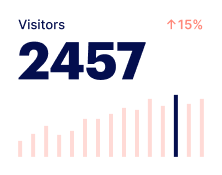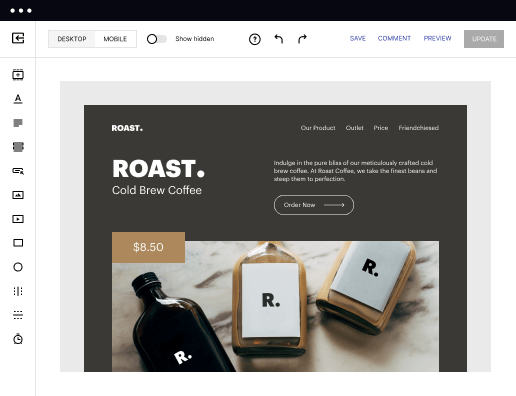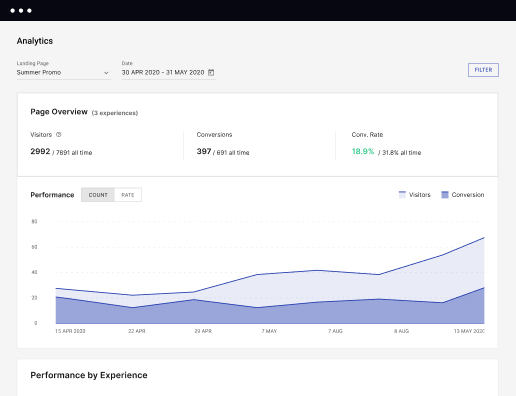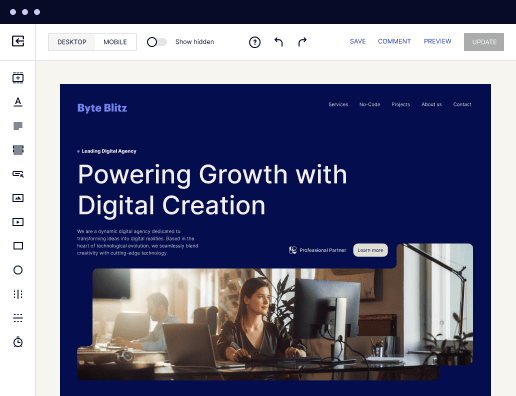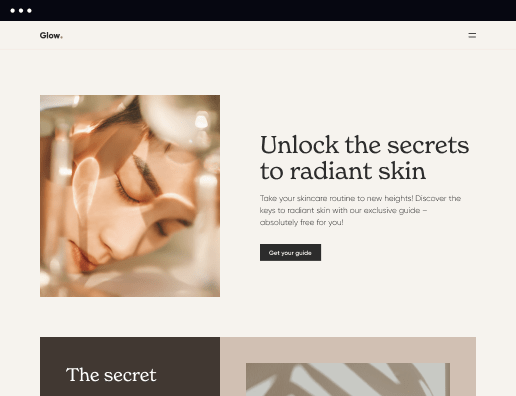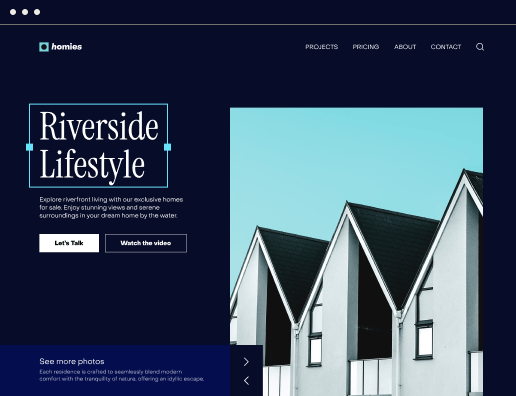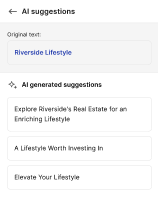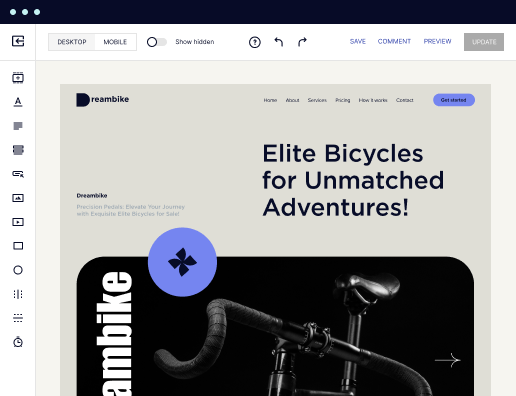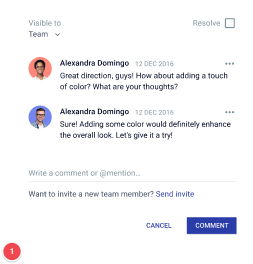Make your menu page designed for Windows Server
Instapage empowers you to reduce costs, increase conversions, and deliver meaningful experiences on Windows Server.
Building your menu page on Windows Server
Creating an engaging menu page on Windows Server can be a game-changer for businesses seeking to enhance user experiences. Instapage empowers marketers to craft dynamic and cost-effective landing pages that foster brand trust and loyalty. This step-by-step guide will help you understand the full process of building your menu page, ensuring it is personalized and optimized for maximum conversion.
Understanding the Importance of Your Menu Page
A well-structured menu page serves as a critical element in engaging potential customers. Through Instapage's flexible design features, businesses in sectors such as Marketing and Advertising can quickly create landing pages tailored precisely to their target audience's needs. This section will discuss the essentials of creating a menu page that captures attention and drives engagement.
- Define your target audience: Understand their preferences and pain points to tailor the menu effectively.
- Optimize for mobile: Ensure that your menu page is responsive, making it accessible across all devices.
- Utilize Instapage's templates: Take advantage of over 100 layouts designed for high conversions.
Step One: Setting Up Your Windows Server Environment
Before you start building your menu page, ensure your Windows Server is properly configured. This setup will facilitate a smooth integration with Instapage and allow real-time edits and collaboration.
- Install necessary components: Ensure IIS and ASP.NET are enabled for web applications.
- Configure your server settings: Adjust permission settings for optimal security and access.
- Connect with Instapage: Ensure a stable internet connection to leverage Instapage’s cloud capabilities.
Step Two: Designing Your Menu Page
After configuring your server, it's time to design your menu page. Utilize Instapage's intuitive drag-and-drop interface to create engaging layouts.
- Select a template: Choose from various options that best suit your brand identity.
- Incorporate dynamic text replacement: Personalize content for users to enhance their experience.
- Add conversion elements: Use prominent call-to-action buttons to drive user engagement.
Step Three: Optimize and Test Your Page
Optimization is vital for ensuring your menu page performs well. Leveraging Instapage's built-in experimentation features, you can effectively iterate based on user behavior.
- Conduct A/B tests: Test different versions of your menu page to discover what resonates with your audience.
- Analyze heatmaps: Use heatmaps to understand user interactions and refine page layout.
- Utilize analytics dashboard: Regularly check performance metrics to identify areas for improvement.
By following these steps, businesses can successfully build a menu page on Windows Server that enhances user experience and drives conversions. Instapage's comprehensive suite makes this process efficient and effective.
Ready to elevate your online presence? Start building your menu page with Instapage today!
Get more out of Build your menu page on Windows Server
Improve your Quality Score with quick load technology for landing pages
Increase conversions with content that aligns with your ads and audiences
Achieve maximum ROI by scaling your marketing initiatives
Leading the way in building high-performing landing pages





FAQs
See how to build your menu page on windows server in action
Ready to skyrocket conversions?
Supercharge your ad campaigns with high-performing landing pages.
Get started
